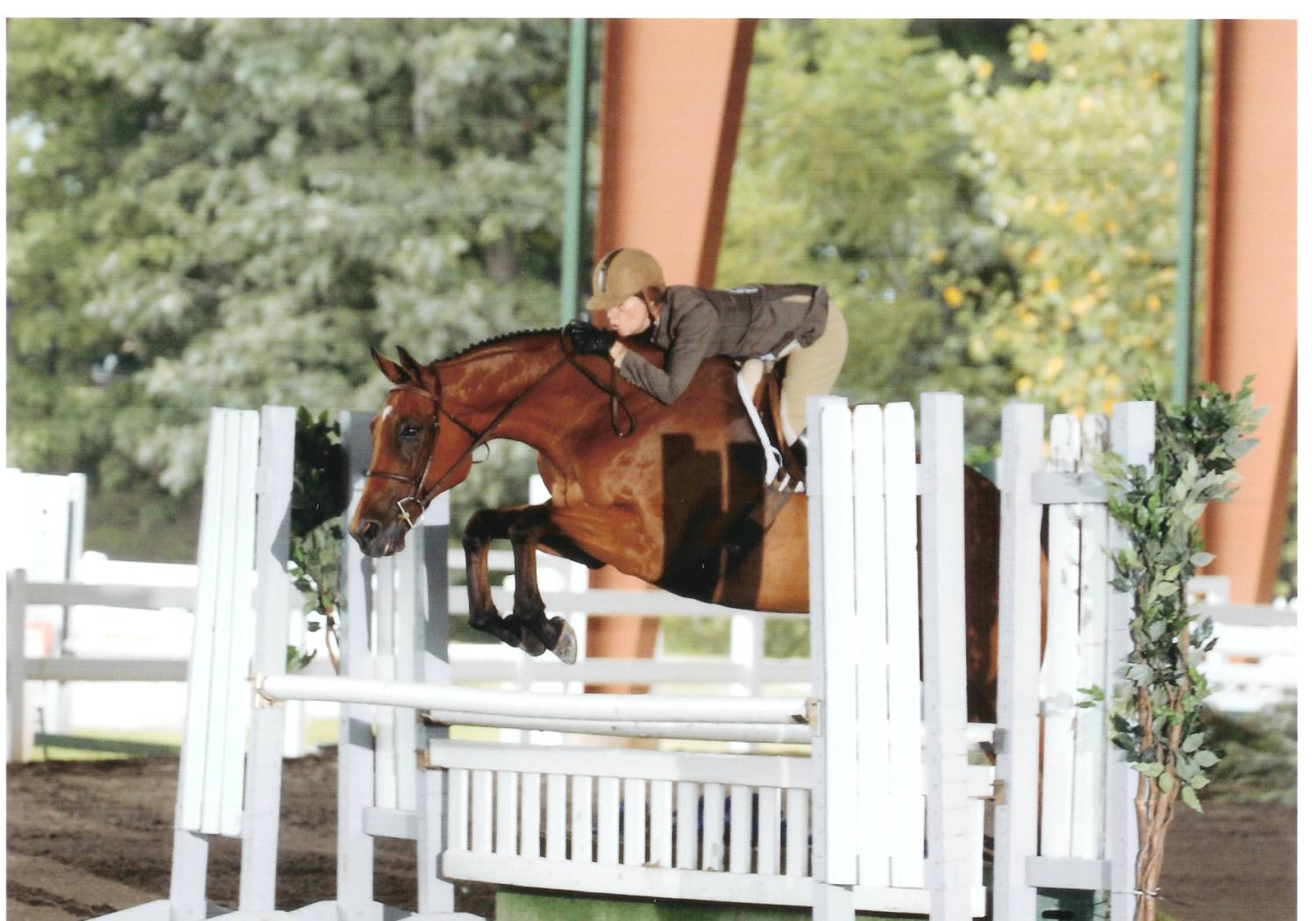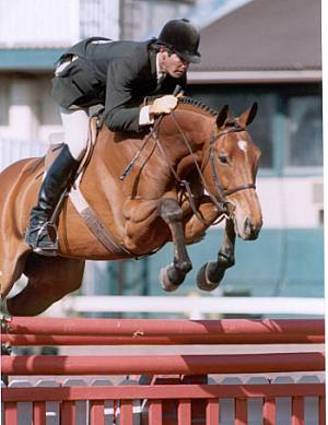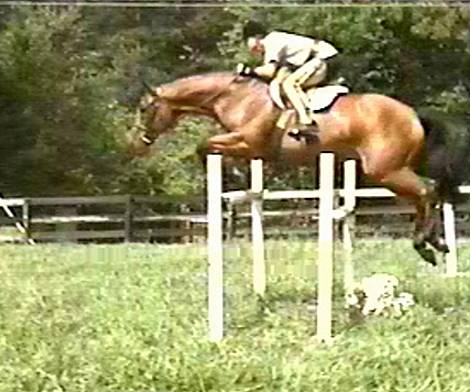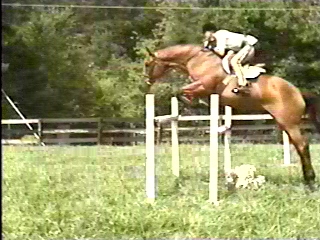A few things
Tom, I must admit that in general I have found the tone of your posts rather irritating. I see where you are coming from, but I’ve always hated the concept that European “cast-offs” are what we as North Americans have/need as hunters or other show horses. It is a small-minded way of viewing things.
I think that judging a horse as no good for other disciplines based on the discipline it has been shown in and has excelled in is rather hasty. Horses are trained in the discipline their owners feel best suits them. A jumper rider will look at a horse and see what jumper attributes it may or may not have - same goes for a hunter or dressage or eventer rider. If the horse shows enough potential for that discipline the rider will take the horse in that discipline to whatever level it (and they) can attain. But, just because the hunter rider likes the way a horse jumps, does that mean that it might not have been a GP jumper or International level dressage horse with a different rider and training program? I honestly don’t think so. For all we know that show hunter who has been cleaning up in the hunter ring might have been a World Cup contender with a different training program. I believe strongly that horses are more versatile than many people give them credit for. Certainly some horses are only suited for one specific discipline, but that is the minority rather than the majority IMO.
In Europe the dressage and jumper disciplines are the mainstream disciplines. Young horses are assessed for those abilities first, and then assessed for other disciplines afterwards. The horses not suited to the mainstream may be better suited for other disciplines, or they may not. The does not mean, however, that the horses already selected for mainstream disciplines may not have been equally (or more) successful in other disciplines.
In North American the hunter discipline is one of the primary mainstream disciplines. Many young horses are assessed as hunter prospects before they are ever considered for dressage or jumper potential. If the baby does not have the right kind of movement for the hunter ring or the right kind of jump for the hunter classes it then gets assessed for other disciplines. The “cast-offs” from the hunter breeding program then do go on to be dressage horses or jumpers or eventers. Some of them do exceedingly well and it is certainly possible that there may be international competitors in dressage or jumping that were originally from a hunter breeding program.
A good hunter is a rather rare thing. Many horses can jump, but how many horses jump with style that reflects high effort (high, even knees, tight style, good bascule), but looks easy no matter how big or small the fence happens to be? Many horses are good movers, but how many can have total freedom of shoulder, step fully beneath themselves so as to be powered from the quarters even when working low, low frame (which gives them the lifting power to manage the bigger jumps without collection) and show a minimum of knee action while making the entire ride look as easy and comfortable as a stroll in the park? Sure, any horse can plod around a hunter course (the same could be said about a horse whipping around a jumper course or making its way through a dressage test), but a winning, top level hunter is as rare and difficult thing to find as an International jumper or dressage horse (the low numbers in the hunter classes that Popeye K competes are a fine example of this).
If a hunter breeder breeds a horse who has that little bit too much action in their movement, or who prefers to be upright rather than to stretch long and low, it is a cast-off - quite possibly to wind up in a dressage home where the horse’s extra action, suspension and higher carriage is a benefit and may very well take them far. If a hunter breeder breeds a horse who jumps with too much power, or who is not even in its knees, or who only shows form as the fences get up to 4’ or so, or has so much power in the quarters that it pops the rider if not ridden in a more forward, collected gait, it is a cast-off - quite possibly to wind up in a jumper home where its power will be of benefit, its uneven form a non-issue as long as it remains clear of the larger fence rails and the horse can be ridden in the more collected way that it prefers.
But if a hunter breeder breeds a horse who moves with a long, low stride, excellent suspension, freedom of movement, correct natural carriage, a big, correct jump, and the look for the hunter ring, it is a success - a horse that will be shown to the highest level it can attain in the hunter ring. Could this success be a competitive jumper or dressage horse? Quite possibly, but that is not what the breeder was aiming for.
Of course hunter breeders use dressage and jumper bloodlines in their breeding programs. It would be foolish not to. Good jumper lines often have good form and jumping ability that they pass on. Good dressage lines often have the kind of suspension and natural carriage necessary to make a hunter round beautiful. This isn’t because they are selecting lines or animals that were not “good enough” for the European mainstream disciplines. It is because they are selectively choosing horses who not only exhibit the characteristics they are looking for in a good hunter, but who also have a history of passing those characteristics.
Are their efforts 100% consistent in the results? No, of course not. But are the results horses who are sub-standard or otherwise not suitable for the other “more important” disciplines? No. I would guess that their results are probably more consistent that the random selection of European “cast-offs” as hunter prospects.
I don’t believe that allowing hunter bloodlines into KWPN books would be detrimental at all. As has been said before, many hunters already carry many of the better dressage and jumper bloodlines in the first place - just a slightly different emphasis on the results.






